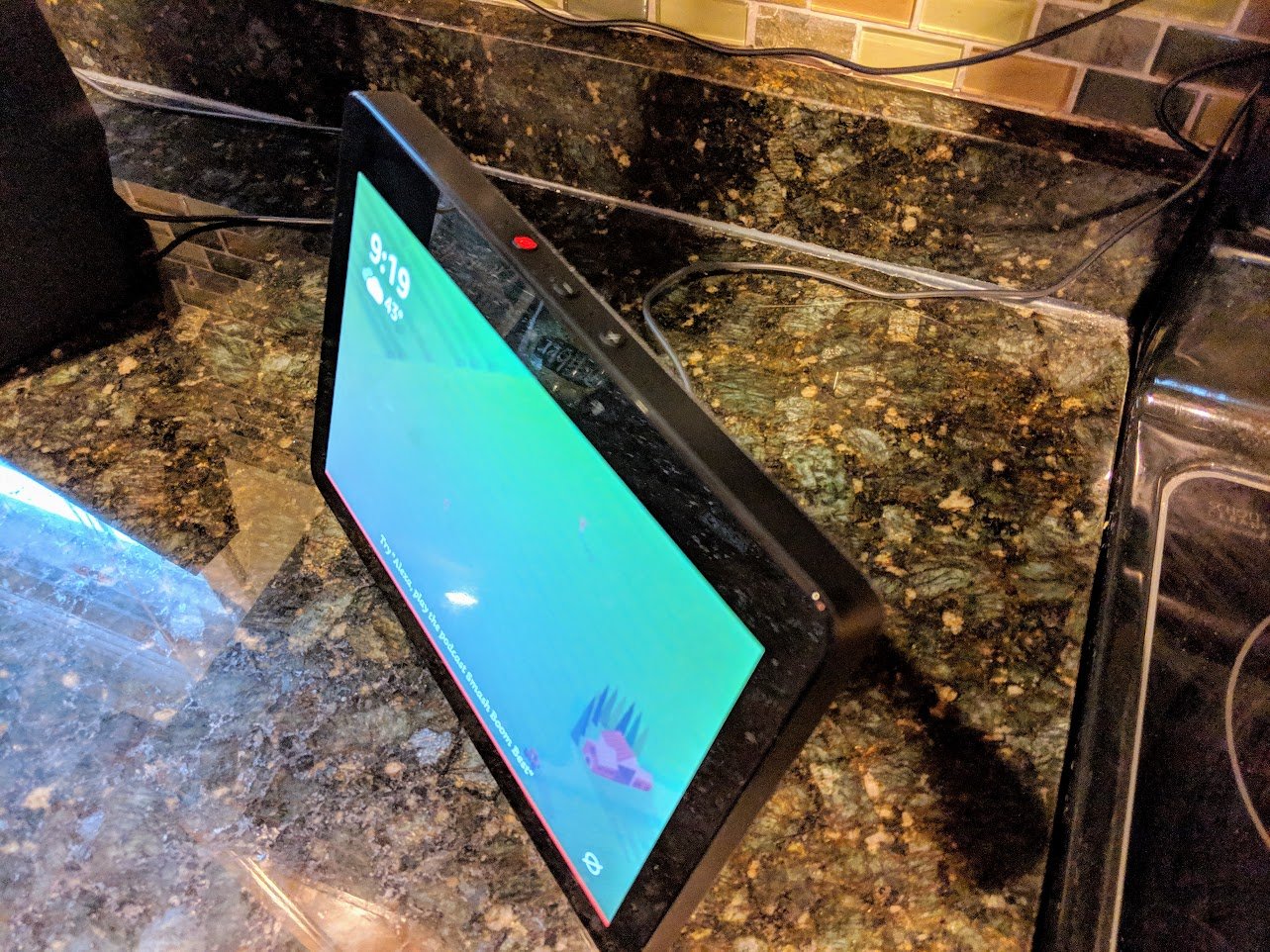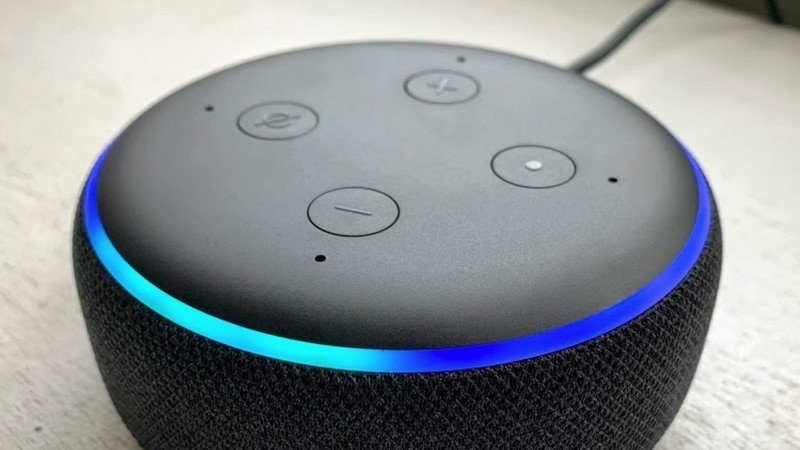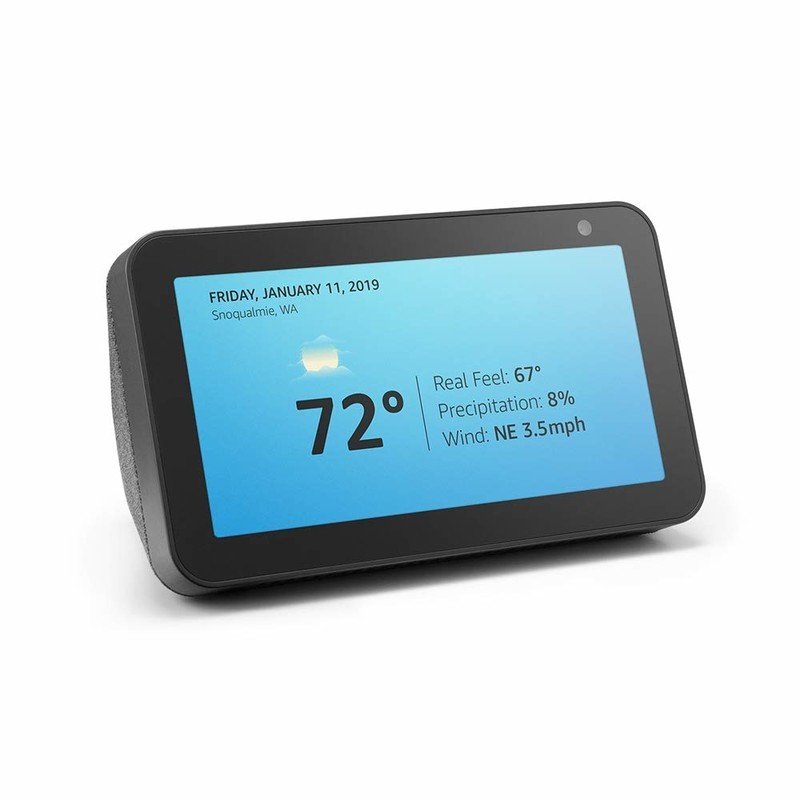Does Amazon store your Alexa requests?

Best answer: Yes. Amazon stores your Alexa requests in an ongoing attempt to analyze and improve Alexa's responses and performance. Amazon does offer users the ability to view and delete these Alexa requests through the Amazon Privacy Hub.
- See Your Surveillance: Echo Show 5 ($90 at Amazon)
Why does Amazon keep your requests?
Like other smart assistants, Alexa records and saves all voice requests it receives for a couple of reasons. For one, all of the processing of requests occurs on Amazon's servers, and not locally on the device, so it's necessary for a recording to be sent from a users' device to Amazon in order for that request to be interpreted and executed. However, Amazon does say that all Alexa interactions are encrypted in transit to their servers.
Another reason for Amazon to store voice recordings is for quality control. Amazon has machine-learning algorithms and some human operators reviewing transcripts to make sure Alexa heard the request properly and responded appropriately. If there is a disconnect between what Alexa heard and the resultant output, they can review that error to make improvements for future responses.
Per Amazon's Alexa Privacy FAQs:
Alexa is designed to get smarter every day. For example, we use your requests to Alexa to train our speech recognition and natural language understanding systems using machine learning. Training Alexa with real world requests from a diverse range of customers is necessary for Alexa to respond properly to the variation in our customers' speech patterns, dialects, accents, and vocabulary and the acoustic environments where customers use Alexa. This training relies in part on supervised machine learning, an industry-standard practice where humans review an extremely small sample of requests to help Alexa understand the correct interpretation of a request and provide the appropriate response in the future.
These devices are only supposed to record requests once the wake word is used — in this case, "Alexa," but users can change the wake word to other options if they wish. Occasionally there are false or inadvertent triggers of the wake word that prompt Alexa to record a snippet of errant conversation. Again, this is common to all voice-enabled assistants, but the way those companies address these errors and the tools they give users to correct these mistakes vary.
Can you do anything about it?
Be an expert in 5 minutes
Get the latest news from Android Central, your trusted companion in the world of Android
Alexa's always-listening ambient computing power is one of the assistant's biggest strengths because it allows you to issue commands and requests into the air and have them answered. However, this can also be considered a drawback of the service, as accidental triggers or embarrassing moments might inadvertantly get recorded and saved on Amazon's servers
You can do something about it though. At any time, users can go to the Amazon Privacy Hub to review the entire history of their voice recordings and selectively or entirely delete them from Amazon's servers. This can be done through the Alexa app on your smartphone, online through the Amazon Privacy Hub, or by calling out to your Echo speakers "Alexa, delete what I just said" or "Alexa, delete everything I said today."

Every Echo speaker also has a physical mute button or switch so that you can manually disable Alexa's ability to listen to your voice commands. These mute buttons are generally on the top of the cannister-shaped Echo and Echo Dot devices and on the top or back of Echo Show devices. The new Echo Show 5 even features a physical shutter to conceal the device's camera, and you can reach the Privacy Hub settings through its touchscreen controls.

Jeramy was the Editor-in-Chief of Android Central. He is proud to help *Keep Austin Weird* and loves hiking in the hill country of central Texas with a breakfast taco in each hand.

